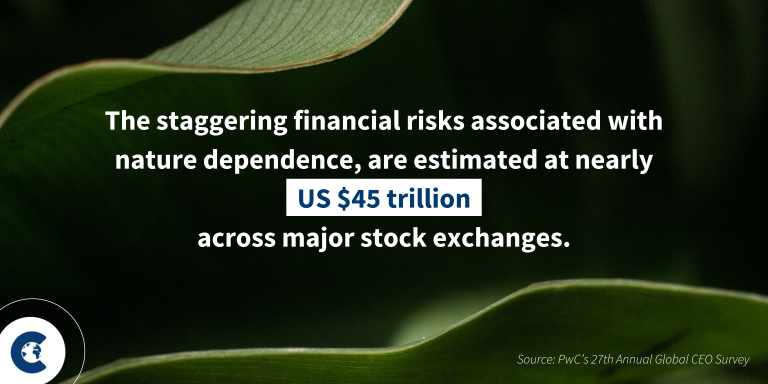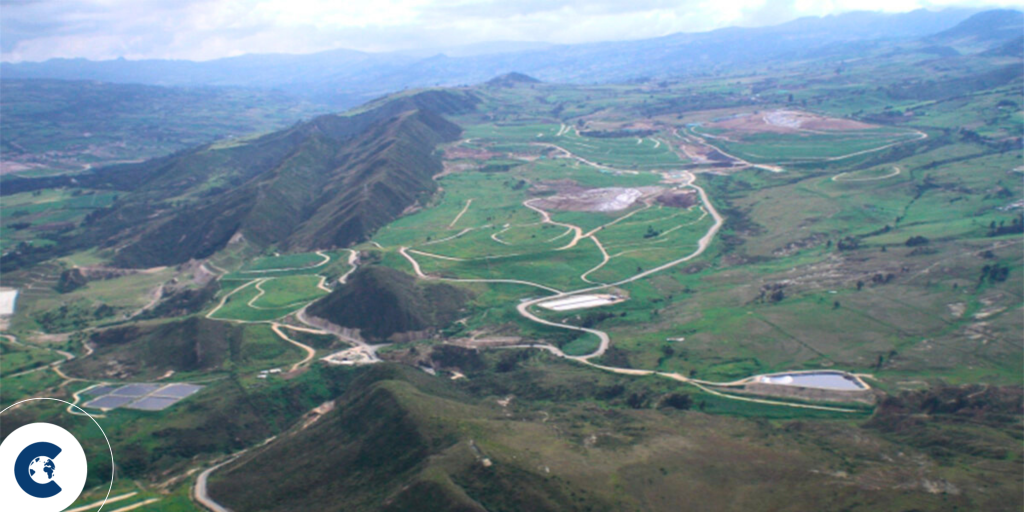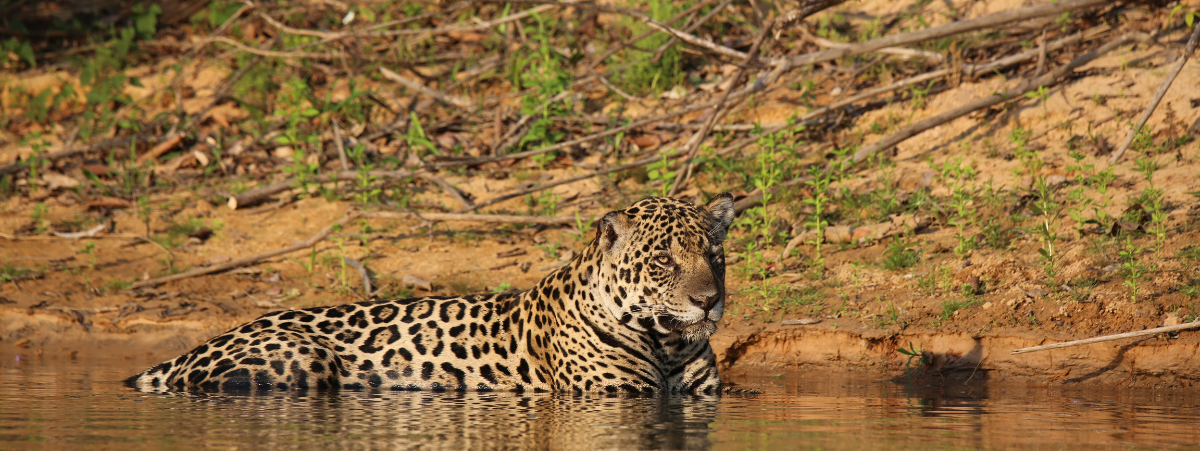It is possible to find carbon credits that offer a balance between cost and impact, but it’s crucial to ensure the credits meet high-quality standards.
Ever heard the phrase ‘you get, what you pay for’? Well this goes for carbon credits too. The higher the price, the higher the impact. As the voluntary carbon market has faced increased scrutiny over the past few years, integrity associations such as the ICVCM and VCMI have become increasingly aware of the need to set tighter guidelines, for what is deemed genuine and impactful.
COP28 also saw integrity frameworks and carbon registries come together to collaborate and unify guidelines to improve market transparency. We are seeing market trends shift in a similar pattern, with a focus on companies purchasing higher priced and higher integrity credits. But what does this mean for smaller organizations and SMB’s who are looking to buy carbon credits? In this article we go back to basics with carbon credits and round up some of the best methods for choosing high quality carbon credits, with a smaller budget.
What is a carbon credit and how does it work?
Carbon credits and carbon offsets are financial instruments that represent the reduction or removal of greenhouse gas emissions from the atmosphere.
Carbon credits and offsets are created through various projects and activities aimed at reducing emissions. These projects can include renewable energy generation, energy efficiency improvements, reforestation, biodiversity conservation and methane capture from landfills for example. Each project undergoes a rigorous assessment process to ensure its legitimacy and the accuracy of emission reductions.
Learn more in our article – Everything you need to know about carbon credits.
How much is 1 carbon credit worth?
A carbon credit typically represents one metric ton of CO2, While a carbon offset refers to a project or initiative that facilitates emissions avoidance equivalent to one metric ton of CO2.
Who generates carbon credits?
Carbon credits are generated through projects that facilitate emissions avoidance. These projects must follow established methodologies and undergo verification by accredited third-party organizations. Verification ensures that the emission statistics are real and verifiable.
Carbon credits are verified by independent third-party organizations that specialize in greenhouse gas accounting and verification. Examples of leading verification standards include the Verified Carbon Standard (VCS by Verra), Gold Standard, and American Carbon Registry (ACR), Puro.Earth
Where does carbon credit money go?
The money from carbon credit transactions goes to the entities that own or operate the projects generating the credits. This could include renewable energy project developers, reforestation initiatives, or organizations implementing emission reduction projects. The revenue generated is often used to cover project costs, invest in further sustainable practices, and support the overall goals of the projects.
At ClimateTrade, we provide climate solutions for companies who want to take a step forward in their sustainability commitments. We built the world’s first climate marketplace with the largest project portfolio. We prioritize transparency and traceability by utilizing blockchain technology to ensure customers who buy carbon credits know exactly where their investment is going, and project developers can receive the necessary funds quickly and efficiently.
What factors affect carbon pricing?
Various factors contribute to the dynamics of carbon pricing, shaping the value and trade of carbon credits. The market demand and supply for carbon credits plays a central role in determining pricing trends. Concerns about greenwashing have slowed the market at times, however this has also helped to improve
The type of carbon reduction or removal project, its geographical location, and the specific credits it generates also contribute to the variability in carbon pricing. Moreover, the credibility and effectiveness of the verification process for carbon credits are crucial factors influencing their pricing. Finally, investor and market confidence in the overall efficacy of carbon credits and the carbon market as a whole further contribute to the fluctuation of carbon pricing.
Discover today’s carbon prices.
What are high integrity carbon credits?
High integrity carbon credits refer to credits that meet stringent standards, ensuring that the emission reductions or removals claimed by the project are accurate, additional, verifiable, and environmentally sound. These credits adhere to recognized certification standards, providing transparency and credibility in the carbon market.

What makes a high-quality carbon credit?
A high-quality carbon credit is characterized by specific attributes that ensure its credibility and effectiveness in contributing to climate action. Firstly, the concept of additionality is paramount, signifying that the project goes beyond conventional practices, resulting in authentic and additional emissions reductions. This emphasizes the importance of the project’s impact beyond what would have occurred under standard operating conditions. Another critical aspect is permanence, indicating that measures are in place to prevent the reversal of carbon sequestration or emission reductions over time, ensuring the sustained benefits of the project.
Furthermore, the credibility of a high-quality carbon credit is reinforced through independent third-party verification. This rigorous process ensures the accuracy and legitimacy of the claimed emissions reductions, instilling confidence in the credit’s integrity. Additionally, such credits are certified under recognized standards or protocols, such as the Gold Standard, Verified Carbon Standard (VCS), or other established benchmarks. Finally, a hallmark of high-quality carbon credits is their contribution to social and environmental co-benefits, such as community development or biodiversity conservation. These co-benefits enhance the overall positive impact of the project, aligning it with broader sustainability and conservation goals.
Can I buy low-cost, high-impact carbon credits?
It is possible to find carbon credits that offer a balance between cost and impact, but it’s crucial to ensure the credits meet high-quality standards. Some projects may be more cost-effective due to the nature of the emission reduction activities or the region in which they operate. However, buyers should prioritize the integrity and additionality of the credits to ensure meaningful contributions to climate action.
Here are 3 projects from the ClimateTrade marketplace, that are high quality, but low cost:
1/ Guainia REDD+ Project – Colombia
Guainía, known as “tierra de muchas aguas” (land of many waters) in the Indigenous Currupaco language, is a department in Colombia located in the vast Amazon rainforest. Five indigenous reserves (Almidón La Ceiba, Caranacoa-Yuri Laguna Morocoto, Venado, Paujil-Limonar, and Ríos Cuiari e Isana) are home to nine indigenous peoples, coexisting with the rich natural biodiversity of the region. Guainía stands out not only as a destination of natural, cultural, and ancestral wealth but also positions Colombia as the second-most biodiverse country globally and among the 12 most megadiverse nations on the planet.
Support is crucial to the success of GUAINIA REDD+ PROJECT. By contributing, you help conserve invaluable natural habitats, protect the autonomy of indigenous communities, and mitigate climate change on a significant scale.

2/ Promoting green energy from landfill – Colombia
This project exists for the capture, extraction, treatment and use of Biogas from the Doña Juana sanitary landfill for burning, electric power production and thermal use. The project is the most important in Colombia and one of the most important worldwide in terms of reducing GHG emissions in a sanitary landfill.

3/ Regeneration of soils degraded by grazing through aforestation – Colombia
The Project for Forestry Restoration in Productive and Biological Corridors in the Eastern Plains of Colombia has as its objective to employ the international carbon market as a key incentive for investments in new commercial forest plantations and restoration of natural forests in the remote High Orinoco region of Colombia. The project is based on changing the use of land from extensive cattle ranching to sustainable forest production systems, restoring natural forest cover, and creating a landscape of biological and productive corridors that produce financial, social and environmental services for the region.

Purchase carbon credits on the ClimateTrade Marketplace
ClimateTrade exists to inspire and enable everyone to take direct climate action, creating a healthier and more sustainable world. It is the reason why we have curated the world’s largest portfolio of environmental projects (200+ spanning 35+ countries) that seek to mitigate the detrimental effects of climate change through carbon mitigation, biodiversity conservation and renewable energy initiatives. We have built our technology business around our climate action Marketplace to ensure that above all else we can support the channeling of green investment faster, more efficiently and more transparently through our blockchain-based climate platform. Our diverse selection of global projects ensures that ClimateTrade customers are guaranteed to be able to source projects that align with their brand vision and values, regardless of the market they are operating in.
How to buy carbon credits in 5 simple steps
1/ Visit our climate marketplace
2/ Choose from a variety of projects, including reforestation, protecting biodiversity, removing trash from oceans, and supporting communities. Find a project that aligns with your values and goals.
3/ Choose the units, tons, or MWh that match your own carbon footprint, or specify the amount you wish to contribute. (If you have not yet calculated your carbon footprint you can do that here.)
4/ Complete your transaction, and you will receive a customized certificate with details of your offset. The project will receive the funds, and you can rest assured that you’ve taken a step toward reducing your impact on the environment.
5/ Automatically receive your traceable carbon offsetting certificate








